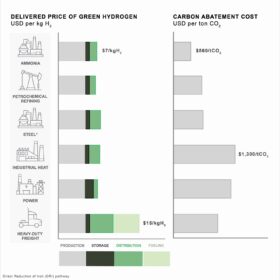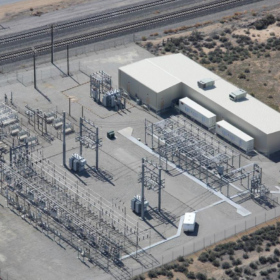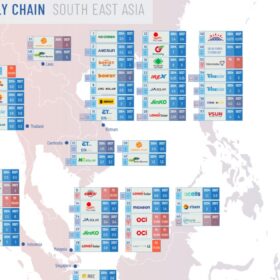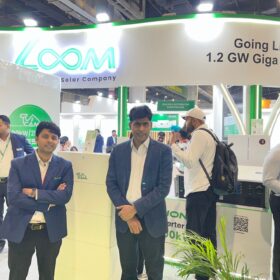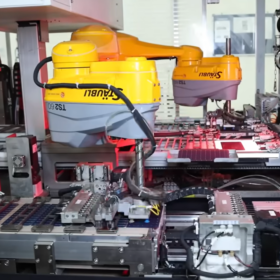The Hydrogen Stream: Harvard researchers say H2 costs underestimated
Harvard University researchers say hydrogen costs are underestimated due to unaccounted storage and distribution variability across sectors, while Kore Infrastructure has told pv magazine that it aims to reach a levelized cost of hydrogen (LCOH) of between $1/kg and $2/kg.
The clean hydrogen struggle: Can it dethrone gray H2?
Scaling clean hydrogen in legacy sectors is like fighting with one hand tied behind its back. Most producers will stick with what they know—gray hydrogen—until the economics turn decisively in favour of green alternatives. For now, clean hydrogen is stuck playing catch-up, waiting for its moment in the spotlight.
California installs 10 GW of utility-scale batteries
CAISO set a new peak battery discharge record of 8.3 GW on October 9, as the state’s future EIA energy storage queue holds 177 GW of capacity, with 1.9 GW expected added through the end of the year.
Longi introduces 665 W HPBC photovoltaic modules
The Chinese PV manufacturer said its new module series has a power conversion efficiency of up to 24.8% and temperature coefficient is -0.26% per C.
European TOPCon solar module prices inched lower on weaker demand
In a new weekly update for pv magazine, OPIS, a Dow Jones company, provides a quick look at the main price trends in the global PV industry.
Rooftop PV installations could raise daytime temperatures in urban environments by up to 1.5 C
New research shows that rooftop PV system may have “unintended” consequences on temperartures in urban environments. Rooftop arrays, for example, may potentially lower nighttime temperatures by up to 0.6 C.
Energy storage is a solved problem
There are thousands of extraordinarily good pumped hydro energy storage sites around the world with extraordinarily low capital cost. When coupled with batteries, the resulting hybrid system has large energy storage, low cost for both energy and power, and rapid response. Storage is a solved problem.
The impact of sodium, moisture on heterojunction PV module performance
Researchers in France have investigated heterojunction solar module reliability in damp heat environment and have found that sodium ions are the main source of degradation.
The solar industry’s freefall: A price war with no end in sight?
The future of the solar industry hangs in the balance as manufacturers, regulators, and market players grapple with a perfect storm of falling prices, rising costs, and a fiercely competitive global landscape.
Sinovoltaics tracks 78.8 GW solar module capacity in Southeast Asia
The latest supply chain map from Sinovoltaics tracks growth across Southeast Asia, with module capacity reaching 78.8 GW, and 58 production projects tracked.
